The Cultural Significance of the Pay Us What You Owe Us Shirt
Fashion has always been a medium for activism, and the Pay Us What You Owe Us Shirt is a modern emblem of resistance. It merges style with substance, turning wearers into walking billboards for economic justice.




A Symbol of Economic Justice Movements
The shirt resonates with labor rights advocates, underpaid workers, and marginalized communities. Its message is universal—whether addressing wage theft, racial wealth gaps, or corporate exploitation.
By wearing it, individuals align themselves with movements like
How It Differs from Generic Protest Apparel
Unlike generic slogans, this shirt directly challenges systemic inequities. It’s specific, confrontational, and refuses to soften its demand for accountability.
Comparatively, vague phrases like “Equality Now” lack the same urgency.
The Role of Social Media in Amplifying Its Message
Viral moments have propelled the shirt into mainstream consciousness. Protesters wearing it at rallies often see their images shared widely, reinforcing the demand.
This digital visibility ensures the message reaches beyond physical demonstrations.
How to Style the Pay Us What You Owe Us Shirt for Maximum Impact
Fashion activism thrives when the message is unmistakable. Here’s how to make the Pay Us What You Owe Us Shirt stand out.
Pairing with Bold Accessories
- Statement jackets: A leather or denim jacket adds edge.
- Minimalist jewelry: Keeps focus on the shirt’s message.
Avoid overly busy patterns that could distract from the slogan.
Layering for Different Occasions
For formal settings, layer it under a blazer to subtly introduce the message. At protests, wear it solo for maximum visibility.
Adaptability ensures it’s appropriate anywhere.
Footwear That Complements the Vibe
Combat boots echo the shirt’s militant tone. Sneakers keep it casual yet intentional.
Every choice should reinforce the shirt’s purpose.
Real-World Examples Where the Shirt Made a Difference
From picket lines to courtrooms, the Pay Us What You Owe Us Shirt has left its mark.
Labor Strikes and Union Campaigns
Amazon warehouse workers wore it during strikes for better pay. Its clarity cut through corporate PR spin.
This visual solidarity strengthened collective bargaining efforts.
Racial Justice Protests
Activists paired it with “Reparations Now” signs at BLM marches. It highlighted the intersection of racial and economic justice.
The shirt became a unifying symbol across causes.
Corporate Accountability Actions
Shareholder meetings saw employees wearing it to confront executives. Its bluntness forced uncomfortable but necessary conversations.
Even skeptics couldn’t ignore its direct call to action.
Comparisons: Pay Us What You Owe Us Shirt vs. Other Protest Apparel
How does this shirt stack up against other activist fashion?
Specificity vs. Vagueness
Compared to “Change the System,” this shirt names the issue—unpaid wages. Precision makes it harder for opponents to dismiss.
Longevity of Message
Trendy slogans fade; economic justice remains relevant. This shirt’s demand transcends temporary viral moments.
Audience Reception
Politicians and CEOs react more strongly to direct claims. It’s designed to unsettle power structures.
Practical Advice for Using the Shirt Effectively
Maximize its impact with these strategies.
Choosing the Right Moment
Wear it at rallies, meetings with employers, or media interviews. Timing ensures the message isn’t lost.
Combining with Other Tactics
Pair it with petitions, speeches, or social media campaigns. Fashion alone won’t change systems—but it’s a powerful tool.
Maintaining the Shirt’s Integrity
Avoid altering the slogan to preserve its recognition. Consistency strengthens its association with the cause.
Conclusion
The Pay Us What You Owe Us Shirt is a potent blend of fashion and activism, demanding attention where words alone might fail. Whether through strategic styling, real-world examples, or comparisons to other protest wear, its power lies in its unapologetic clarity. By incorporating it into broader movements, wearers turn everyday attire into a catalyst for change. `
Be the first to review “Pay Us What You Owe Us Shirt” Cancel reply
Related products
New Arrivals
New Arrivals
New Arrivals
New Arrivals
New Arrivals
New Arrivals

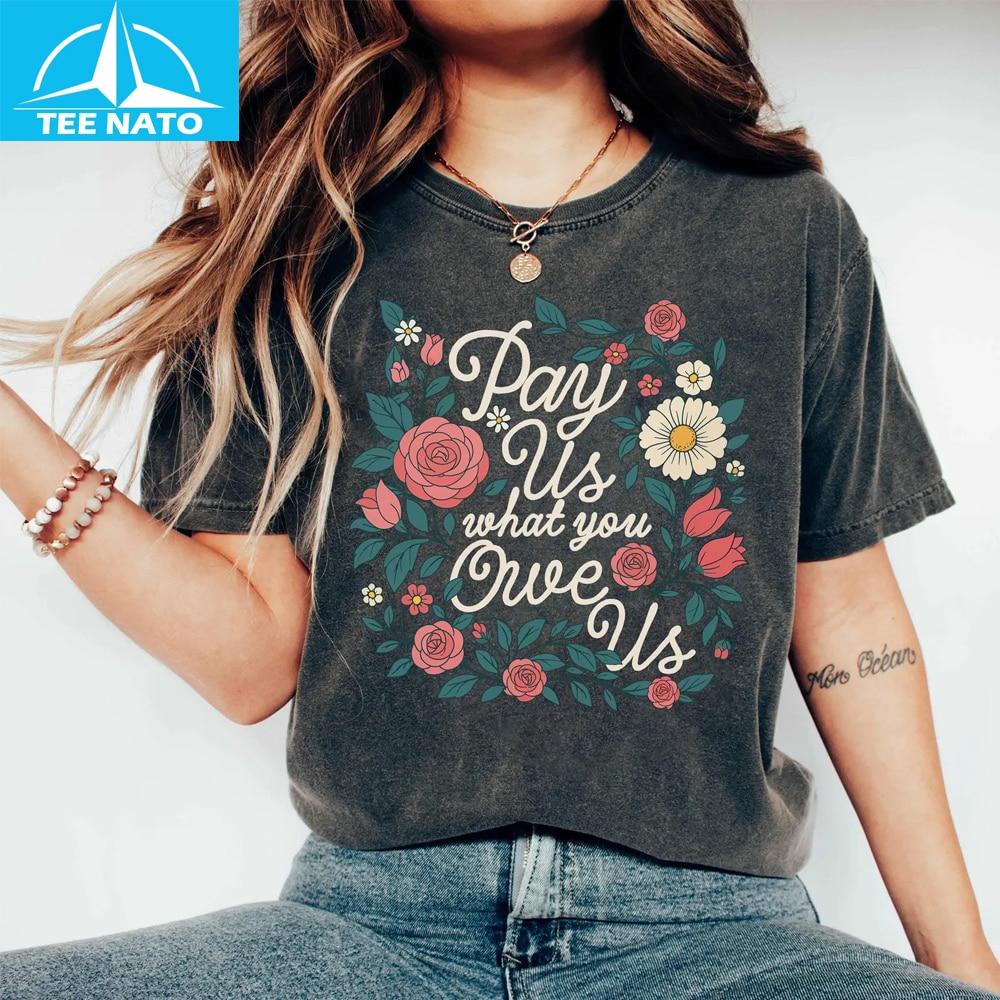
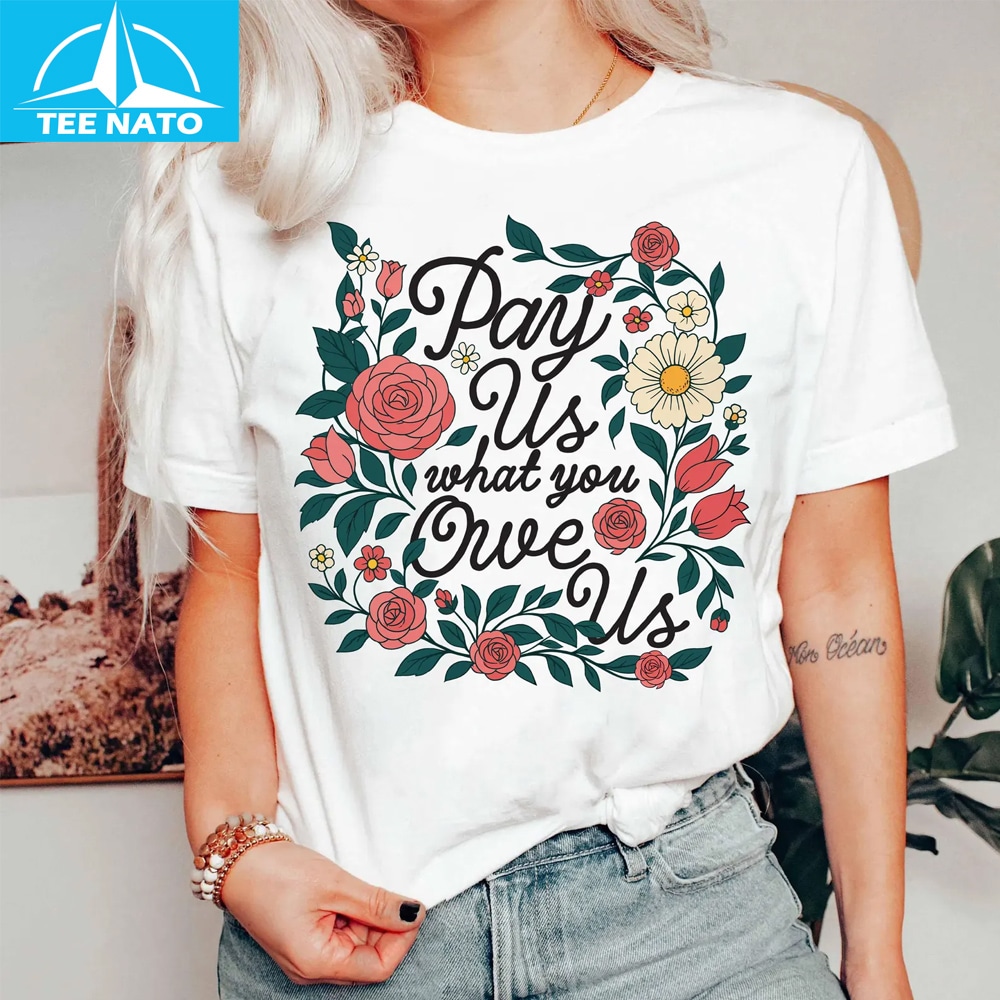



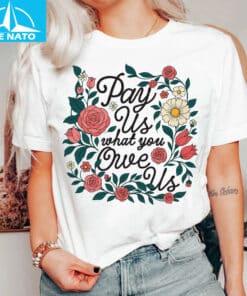

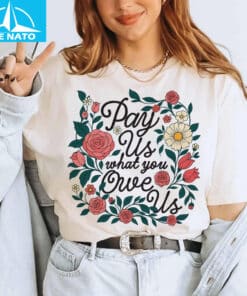

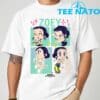
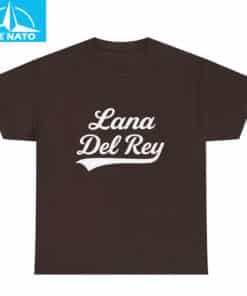
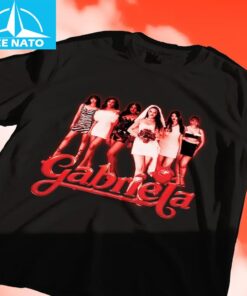
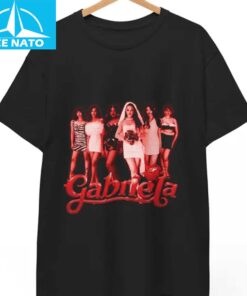
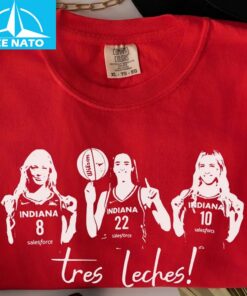



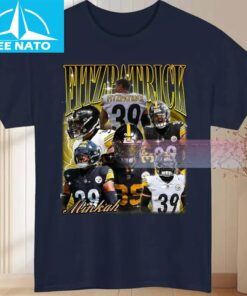
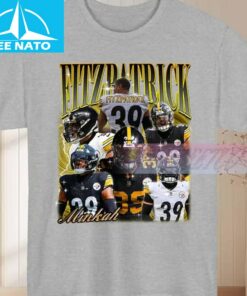
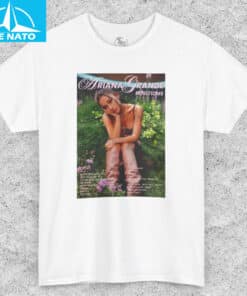


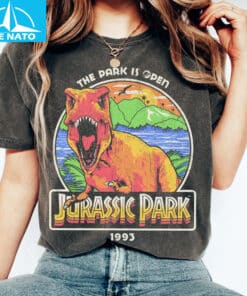









Reviews
There are no reviews yet.